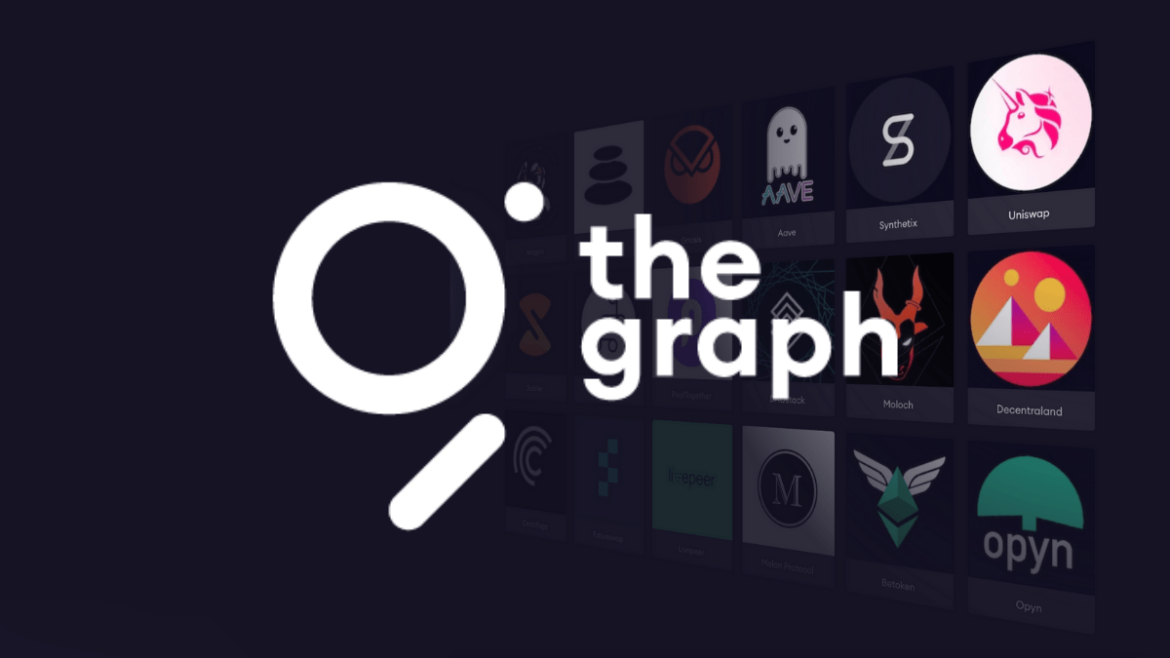The graph blockchain is a relatively new concept in the world of blockchain technology that aims to improve the scalability and efficiency of traditional blockchain systems. This type of blockchain utilizes a graph-based structure to organize and process data, allowing for faster and more accurate transactions.
The basic structure of a graph blockchain is composed of nodes and edges. Nodes represent individual data points and edges represent the connections between them. This structure allows for a more flexible and efficient way of organizing and processing data, as it eliminates the need for a centralized database.
One of the main advantages of the graph blockchain is its ability to handle a large amount of data and transactions in a relatively short amount of time. This is because the graph structure allows for a more efficient way of processing data, as it eliminates the need for a centralized database. This means that the graph blockchain can handle a large number of transactions without the need for a powerful central server or a large amount of computational resources.
Another advantage of the graph blockchain is its ability to handle smart contracts. Smart contracts are self-executing contracts with the terms of the agreement written directly into the code. The graph blockchain allows for the efficient execution of smart contracts, as it eliminates the need for a centralized database. This means that the graph blockchain can handle a large number of smart contracts without the need for a powerful central server or a large amount of computational resources.
The graph blockchain is also well-suited for decentralized applications (dApps). DApps are applications that run on a decentralized network, rather than a central server. The graph blockchain is well-suited for dApps because it eliminates the need for a centralized database, which allows for faster and more efficient transactions.
Overall, the graph blockchain is a powerful tool for improving the scalability and efficiency of traditional blockchain systems. Its graph-based structure allows for a more flexible and efficient way of organizing and processing data, which makes it well-suited for a wide range of use cases, including smart contracts, dApps, and more. As the world becomes increasingly dependent on technology, the graph blockchain has the potential to revolutionize the way we conduct transactions and store data.








